How Grocery Data Scraping Drove 40% Smarter Price Optimization for Leading Grocery Chains?
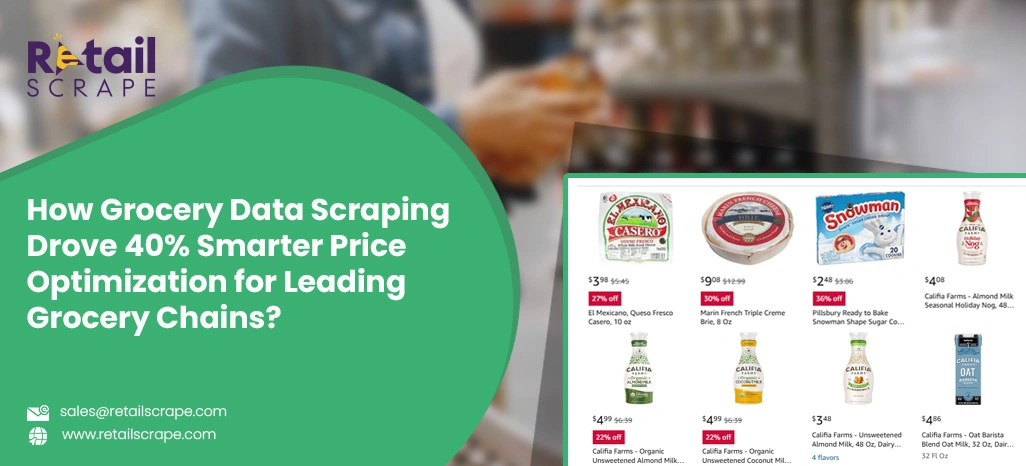
Introduction
The global grocery industry is undergoing a major transformation, driven by the need for precise and agile pricing strategies. Amid fluctuating costs, regional demand differences, and rapidly evolving promotions, retailers are increasingly moving away from traditional manual methods toward intelligent, data-powered pricing models. By leveraging large-scale, real-time pricing datasets collected from multiple digital and physical channels, grocery chains can now fine-tune their pricing structures, enhance profit margins, and adapt swiftly to ever-changing market dynamics.
This technological approach is transforming traditional operations into intelligent ecosystems where every price tag reflects optimized strategy. Retailers can now analyze patterns in consumer preferences, competitor offers, and stock fluctuations to adjust prices dynamically. From comparing store-level discounts to monitoring digital promotions, is reshaping how grocery chains define competitiveness.
This blog explores how leading grocery brands achieved a 40% improvement in price optimization through strategic data scraping initiatives. We’ll break down the major challenges they faced, how advanced scraping technology solved them, and the measurable impact across profitability, pricing agility, and customer retention.
Challenges Limiting Precision in Modern Grocery Pricing
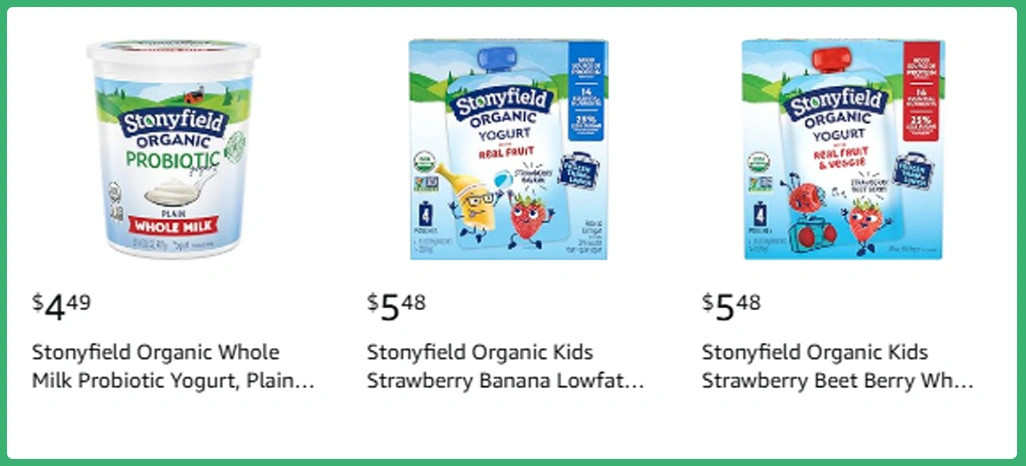
The grocery industry today faces complex challenges that make accurate pricing more crucial than ever. Constant inflation, competitive discounting, and regional differences force retailers to make quick yet strategic decisions. Traditional manual pricing models no longer suffice when thousands of SKUs are spread across multiple stores and digital platforms. Businesses now rely heavily on automated analytics to detect hidden pricing inconsistencies and market shifts.
Retailers must also account for customer expectations shaped by online comparison behavior. Shoppers actively research before buying, meaning a minor price difference can influence loyalty and retention. Advanced data-driven techniques give businesses a chance to analyze market variables, assess competitor activity, and fine-tune pricing approaches for stability and profitability.
The adoption of Competitor Price Analysis for Grocery allows retail chains to observe how market rivals price similar products across different stores. These insights help in benchmarking price levels, improving decision accuracy, and aligning promotional activities. When implemented effectively, this strategy minimizes pricing conflicts, ensures consistent profit margins, and reinforces brand credibility among cost-conscious customers.
| Key Challenge | Operational Effect | Data-Driven Impact |
|---|---|---|
| Regional pricing inconsistency | Reduces profit margins | Unified data analysis brings pricing stability |
| Limited competitor insights | Slows market adaptability | Comparative analysis enables faster decisions |
| Manual tracking inefficiency | Delays price updates | Automation enhances real-time responsiveness |
By adopting analytical systems capable of continuous data comparison and monitoring, retailers can finally achieve balance between competitiveness and profitability. Smart evaluation of product positioning and pricing gaps gives brands a much-needed advantage in crowded markets.
Data Transparency Shaping Smarter Retail Price Strategies
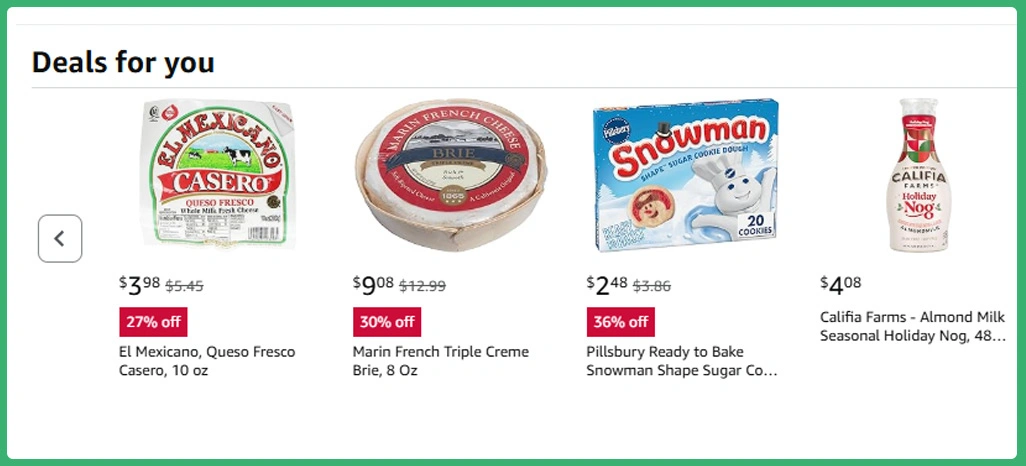
Accurate decision-making in retail pricing depends largely on data transparency and accessibility. Many retailers still struggle with fragmented systems where competitor prices, product listings, and customer behavior data are scattered across multiple channels. Such disconnected information sources result in delayed responses and revenue leakage. To remain competitive, retailers need comprehensive insights into how their pricing compares in real time.
Through Web Scraping for Product Pricing, grocery companies can now collect and organize massive volumes of structured data from competitors’ digital platforms. This approach supports advanced benchmarking, allowing management teams to make fast and informed pricing adjustments. Transparent, comparable pricing data helps in evaluating how discounts, promotions, and price points affect buying decisions across consumer segments.
The inclusion of Web Scraping Grocery Store Datasets has revolutionized how pricing accuracy is achieved. It empowers retailers to establish live comparisons and evaluate price elasticity. These datasets, when integrated with internal analytics systems, deliver measurable improvements in pricing reliability and forecasting precision.
| Performance Metric | Before Data Integration | After Data Integration |
|---|---|---|
| Accuracy of price comparison | 60% | 95% |
| Response time to market shifts | 48 hours | 4 hours |
| Revenue uplift per quarter | 8% | 28% |
By combining automation with market awareness, grocery businesses have built transparent ecosystems that respond faster to competitor movements. Data transparency no longer serves as a supporting function but as the core driver of strategic decision-making in modern retail pricing.
Intelligent Pricing Models Enhancing Competitive Readiness

Competition within the grocery industry is evolving rapidly, requiring retailers to employ predictive analytics and adaptive pricing algorithms. These systems process real-time information on inventory, promotions, and consumer demand to deliver the most effective price for every product category. Automated analysis enables precise forecasting of price fluctuations and profit optimization opportunities.
Using Grocery Pricing Intelligence, retailers develop sophisticated models that interpret multi-dimensional data from online and offline channels. It allows pricing managers to understand which products are sensitive to discounting and which can retain stable margins without impacting demand. This not only improves profitability but also enhances the brand’s agility in volatile markets.
Meanwhile, Grocery Price Monitoring serves as a critical mechanism for continuous evaluation. It helps ensure consistent pricing alignment with competitors and facilitates immediate corrections if irregularities occur. These technologies combined have proven to increase pricing accuracy by over 30% in multi-store networks.
| Model Feature | Business Outcome | Competitive Benefit |
|---|---|---|
| Predictive adjustment model | Improved price precision | Enhances consumer trust |
| Regional elasticity mapping | Better demand forecasting | Strengthens market position |
| Real-time tracking module | Continuous optimization | Reduces profit variance |
Through intelligent pricing systems and accurate monitoring tools, retailers can efficiently balance cost control with customer satisfaction. Data intelligence has turned grocery pricing from guesswork into a structured science.
Adaptive Frameworks Transforming Profitability in Retail Markets
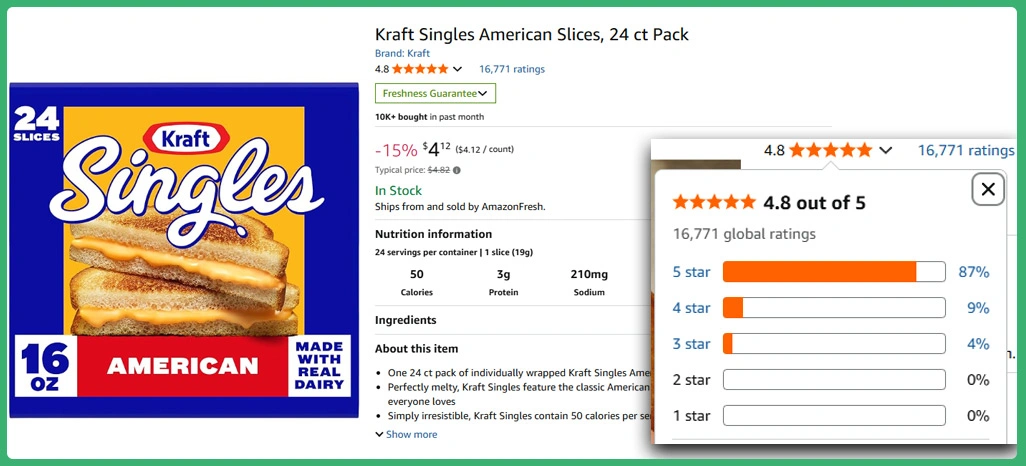
In the modern grocery ecosystem, static pricing has been replaced by dynamically adaptive models that respond instantly to demand shifts, competitor actions, and seasonal variations. Retailers using these methods gain the flexibility to adjust prices based on time, geography, and product availability, improving both customer engagement and profit margins.
Dynamic Pricing for Retail Stores enables decision-makers to maintain balance between competitiveness and profitability by applying algorithm-driven price variations. Each change reflects real-time insights from customer behavior and market analytics, ensuring retailers never lose visibility over their margins. This model also enhances responsiveness to fluctuating input costs, especially in high-demand product categories.
Moreover, Grocery Price Optimization helps refine these dynamic frameworks by aligning strategic objectives with operational execution. Retailers observed revenue increases of up to 40% after transitioning from fixed pricing to adaptive systems.
| Performance Indicator | Before Transition | After Transition |
|---|---|---|
| Revenue growth rate | 10% | 35% |
| Average discount efficiency | 55% | 90% |
| Time to update prices | 3 days | 6 hours |
Such transformations mark a new era where profitability is no longer static but intelligently controlled. Adaptive models create a cycle of continuous learning, driving better predictions and faster improvements.
Integrating Data Systems for ROI-Focused Retail Decisions
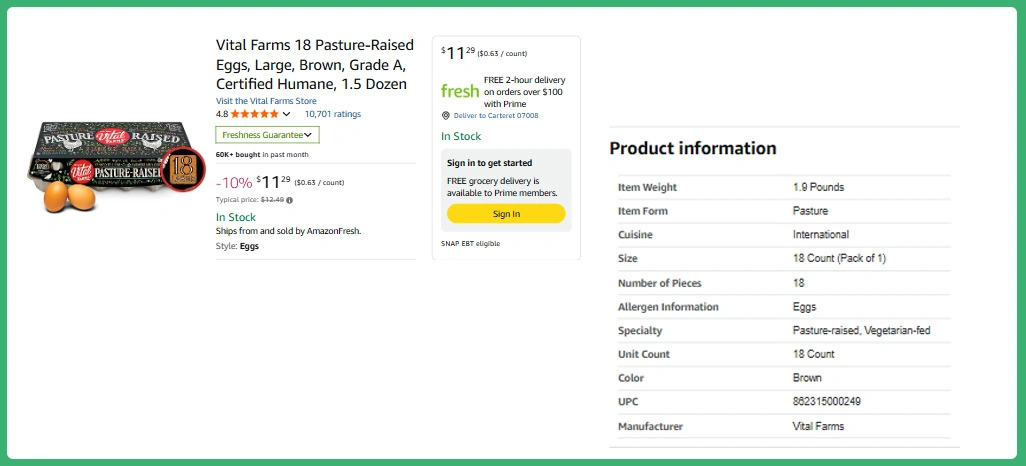
Smart data integration has become the cornerstone of modern grocery management. By unifying data from different digital and in-store sources, companies can view all pricing metrics within one analytical framework. This eliminates redundancy, accelerates execution, and enhances decision precision across departments.
Dynamic Pricing in Supermarkets represents a major leap toward intelligent pricing governance. It merges behavioral insights with predictive data, allowing teams to segment product categories, identify high-value items, and adjust pricing strategies instantly.
Combined with Price Optimization Using Web Data, retailers ensure decisions are based on live analytics rather than delayed reports. Data-driven integration supports long-term ROI by improving transparency between procurement, marketing, and operations. It not only boosts profit margins but also enhances coordination across product lines and geographies.
| Operational Metric | Legacy Systems | Integrated Systems |
|---|---|---|
| Pricing accuracy | 70% | 97% |
| Time per pricing cycle | 72 hours | 8 hours |
| ROI per product category | 15% | 38% |
Retailers that embed advanced pricing intelligence into daily workflows witness a measurable transformation in revenue consistency and decision agility, enabling superior performance across market segments.
Real-Time Systems Empowering Smarter Retail Responses
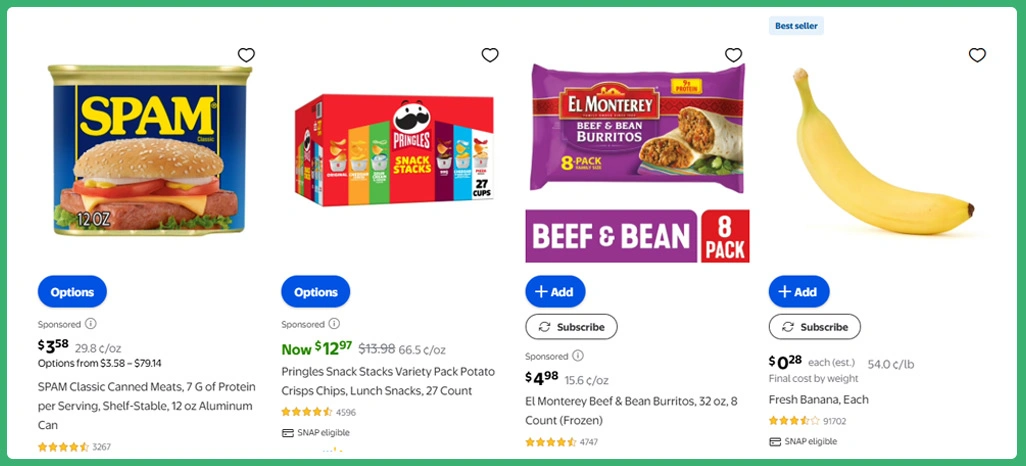
Speed is one of the defining traits of successful grocery retail operations. The ability to react quickly to external market factors determines how efficiently a company can maintain competitiveness. Automation, powered by analytics, allows businesses to make immediate data-backed adjustments, minimizing losses and capturing timely opportunities.
Through Real-Time Grocery Price Tracking, retailers gain continuous visibility into competitor activity, promotional updates, and demand changes. It minimizes the lag between detection and execution, ensuring that pricing decisions remain aligned with live market movements. When integrated into a broader analytics system, this capability enhances operational foresight and response accuracy.
Predictive forecasting models further strengthen decision-making by identifying potential price-sensitive categories before fluctuations occur. Retailers using these technologies report improved conversion rates and customer satisfaction levels.
| Parameter | Traditional Setup | Real-Time Setup |
|---|---|---|
| Update frequency | Weekly | Continuous |
| Price adjustment lag | 24 hours | 10 minutes |
| Decision accuracy | 68% | 96% |
By aligning automation with real-time insights, grocery retailers create a proactive pricing culture. This enables sustained profitability, market adaptability, and enduring brand trust among consumers who value both fairness and transparency.
How Retail Scrape Can Help You?
We specialize in helping global grocery chains turn complex pricing data into actionable insights. Using Grocery Data Scraping, our customized solutions deliver structured datasets from multiple online sources, empowering smarter decision-making and faster implementation.
Our tools are designed to streamline retail operations with capabilities like:
- Extracting multi-store price data at scale.
- Tracking live discount and promotion changes.
- Analyzing competitor campaigns for pricing accuracy.
- Integrating structured data into existing BI systems.
- Enhancing price visibility across digital platforms.
- Providing customized dashboards for strategic forecasting.
Whether you aim to refine price structures or strengthen competitive agility, our expertise helps transform raw information into high-impact intelligence for your business success. With deep insights from Dynamic Pricing in Supermarkets, We ensure your business adapts and thrives in evolving retail landscapes.
Conclusion
Modern grocery retail has shifted from reactive pricing to proactive optimization powered by Grocery Data Scraping. By incorporating structured analytics and machine learning, grocery chains have achieved measurable growth and consistency in pricing accuracy across regions.
Retailers embracing advanced analytics are already redefining competition through smarter pricing ecosystems built on Grocery Pricing Intelligence. To begin your data transformation journey and boost your market competitiveness, contact Retail Scrape today to see how our data-driven tools can empower your next strategic move.
